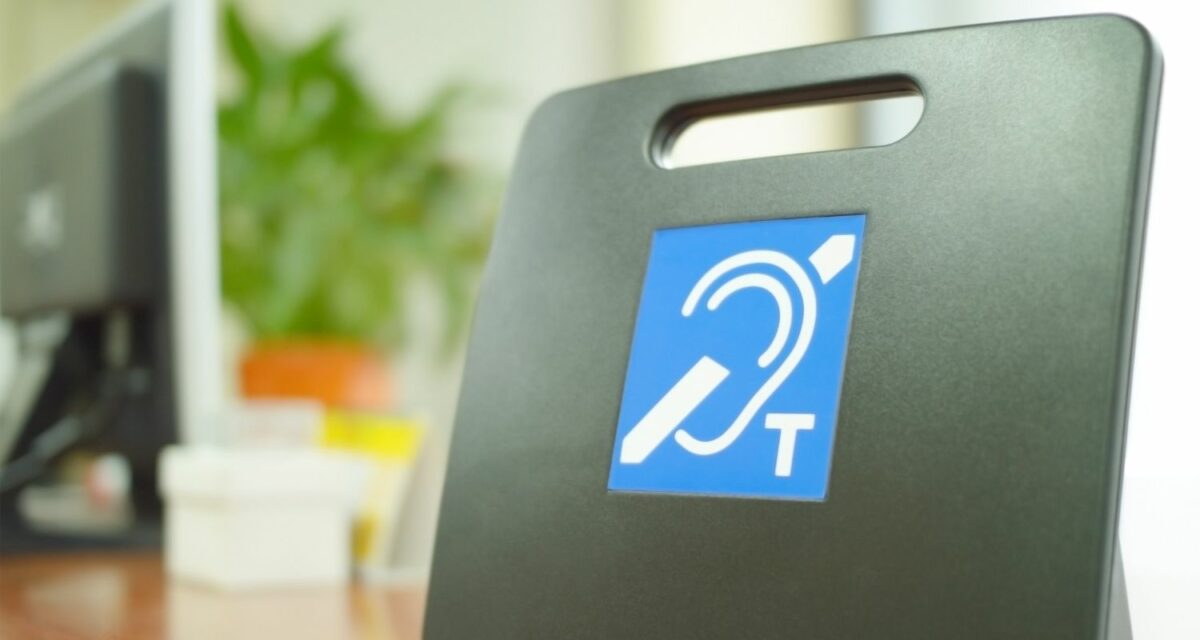Have you been recently diagnosed with hearing loss? Most people wait seven to ten years to deal with a hearing loss – but now that you have a diagnosis you can finally act! The most common treatment for hearing loss is hearing aids, however, this can be an overwhelming decision for many. With so many styles and features available in modern hearing aids, it can be difficult to choose which one will be right for you and your lifestyle.
Fortunately, that’s where we come from. Besides being able to help test your hearing, we can help you navigate all the options. Today’s hearing aids offer tinnitus masking, Bluetooth connectivity, water resistance, and even help you hear better in noise. We are here to explore your options and can give you feedback based on what we know about your lifestyle and degree of hearing loss. Let us focus now on a popular feature known as hearing loops to find out more and see if they are right for you.
What Are Hearing Loops?
Commonly also known as telecoil loops or induction loops, hearing loops are designed to transmit audio from public loudspeakers and amplified sound directly to your hearing aids. They are comprised of a few basic components. These include a microphone that collects sound which is then sent through a copper wire which is installed around a public room. The sound is then amplified by way of the wire creating an electromagnetic field that reflects the frequencies of the original sound. If you are wearing a hearing aid equipped with T-coil or hearing loop all you must do is switch on this feature manually to pick up the amplified sounds of the telecoil and receive them clearly in your ear canal.
Where Can I Find Hearing Loops?
Hearing loops are commonly becoming the standard for accessibility and accommodation throughout the US, popular in churches, auditoriums, public transit stations, or any place where public statements or performances regularly occur. While hearing aids can help you hear in public settings it can be confusing with multiple conversations occurring at once and ambient noise bouncing off the walls. However, induction loops allow a hearing aid user to send the sound they want to hear, directly to their ear, eliminating interruptions and distractions which commonly make it less appealing for hearing aid users to engage in public spaces.
Magnetic Induction
Magnetic induction is a complex concept, which occurs when a magnetic field and an electric conductor move relative to one another, causing the conductor to cross lines with the force of the magnetic field. In this case, the electronic conductor is the copper wire which is installed around the perimeter of a public space which the electrical current travels through. The greater the current, the greater the magnetic field. Magnetic fields emanate outward at a 90-degree angle from the electrical current, so in the case of a hearing loop, the magnetic field fills the room allowing anyone in the space with hearing loop-equipped hearing aids to receive its signal.
Benefits of Hearing Loops
Magnetic induction loops offer several advantages for enhancing hearing. For instance, a magnetic field is not interrupted or distorted by objects blocking its way creating a clear signal throughout a space no matter the architecture. They can also be of variable sizes making them an easy standard in a diverse selection of environments. For instance, small loops can be used at bank teller windows, offering privacy, while large loop systems may encompass an entire train station. You don’t need to use the hearing loop if you don’t want to but it definitely can make it easier to hear speakers at a conference, your favorite performer at a concert venue, or announcements in a public transit station. Enjoy increased access and autonomy as a hearing aid user in noisy environments as hearing loops can make complex soundscapes more focused and easier to navigate.
How To Find Hearing Loops
If you are interested in using your telecoil look for the telecoil symbol posted in the building. A lot of times you can look up induction loop availability online. It continues to become common throughout the country to increase accessibility. If you frequently enjoy going to public places where amplification is used, then hearing loops may be the right choice for you. To find out more about hearing loops and many other features available in hearing aids today, contact us for a consultation now.

